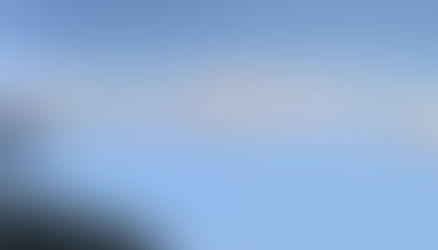

SANAE on January 2nd
New Year’s Eve and New Year’s Day were productive fieldwork days for the MAGIC-DML field team. Poor weather had been delaying fieldwork,...


Let's Talk Science: What is "remote sensing?"
Remote sensing uses satellites to help us see a big chunk of land from a bird’s-eye-view. When the sun shines on the land, radiation bounces


What happened to the rock samples?
Remember those rock samples the team took from nunataks and erratic boulders in Antarctica? They have all arrived in Scotland in 5 blue...


Sampling at the edge of the Antarctic Plateau
Learning from our success using both the trucks and snowmobiles to access sites during the fieldwork in Tottanfjella, it was decided to...


To Tottanfjella and back – our second major field excursion
In our first major expedition from Wasa, we visited Milorgfjella, the northeasternmost nunatak in the Heimefrontfjella (pronounced...


What is it like to do fieldwork in Antarctica?
When we are out in the field, we are a team of eight people based in a field camp. We have three large Weatherhaven tents; two for...


Mapping and Sampling in Milorgfjella's Rugged Beauty
On January 21st we headed out for our first major fieldwork in Milorgfjella (pronounced "Mee-lorg-feeyella") about 240 km SSE of the...


We have the first rock samples in the bag!
The MAGIC-DML team have been out on their first major trip from Wasa. We have been to a small nunatak called Fossilryggen about 50 km (31...


Nunataks as dipsticks
Antarctica is covered by a vast ice sheet (Picture 1). The colours of the ice sheet indicate thickness, with blues showing thinner ice...


















